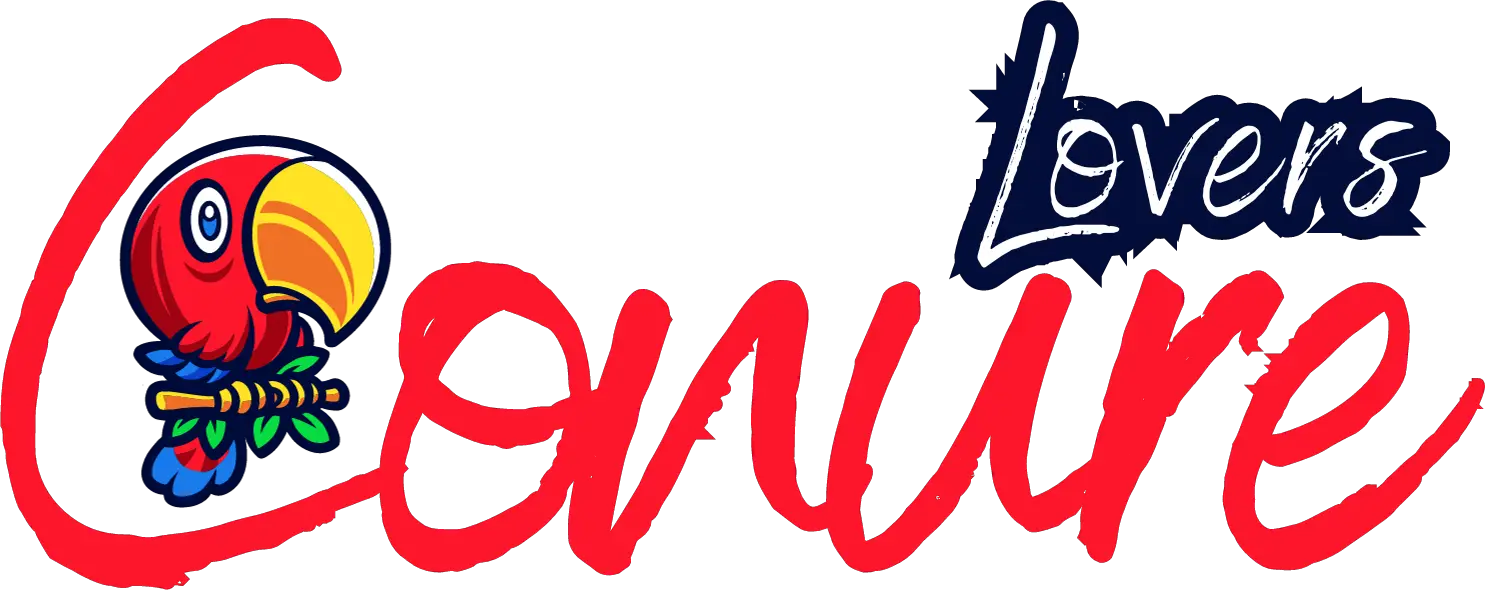Welcome to the exciting world of feathered friends! If you’re a new conure owner like Emily, you’re on a journey filled with colorful squawks, playful antics, and feathered charm. One big thing to keep your conure safe and happy is understanding the basics of wings trimming.
Clipping your bird’s wings makes it safer by reducing how high and far it can fly. This helps prevent accidents like flying into fans, windows, walls, or doors. Additionally, it makes it harder for your bird to accidentally fly out of windows or doors
In this beginner-friendly guide, we’ll walk through the important steps of giving your conure a little wing haircut. It’s not just about safety – it’s also a way to build a strong bond with your feathery pal. So, let’s dive into the easy side of bird knowledge and explore together, making sure your conure’s home is both cozy and secure.
Understanding the Need for Wing Trimming
Having a conure is like having a living rainbow in your home, bringing lots of joy and energy. But to keep things safe, it’s important to know a bit about what conures do naturally. In the wild, they fly all around, and that’s a bit risky in a smaller space like your home.
That’s where wing trimming comes in. It’s like giving your bird a little break, so they can still have fun but without zooming around too much.
Before you grab the tools, think about this: if your conure can fly freely, it might accidentally bump into things like windows or fans. Plus, catching a bird on a mission to explore high-up spots can be tricky. By understanding why wing trimming is a good idea, you’re taking a smart step to make sure both you and your conure enjoy your time together in a safe way.
When and How Often to Trim Conure Wings
Now that we get why it’s a good idea, let’s talk about the when and how often of wing trimming. It’s like figuring out the right time for a haircut, but for your conure’s wings. Wait until your feathery friend is a bit more grown-up before starting this routine. Checking in with a bird doctor (a vet!) is a good idea to make sure everything is good to go.
As for how often, it’s not the same for every bird. Feathers grow at different rates. Usually, giving your conure a wing trim two times a year is a good plan, but keep an eye on your bird’s behavior. If they start acting like they want to fly and explore, it might be time for a little trim. Talking to your vet regularly will help you figure out the best schedule for keeping those wings just right.
Getting Ready for the Wing Trimming Adventure

Getting ready for wing trimming is a bit like getting ready for a gentle adventure. You’ll need some special bird scissors, a towel, and a calm place with good light. Since conures can sense things, keeping the space stress-free is super important. Before you start the actual trimming, spend some chill time with your conure so they get used to your touch.
Being gentle and giving treats during this time helps build trust. A towel can be a handy tool to gently hold your conure while you do the trimming – it’s like a little bird spa day! Taking these steps sets the stage for a smooth wing-trimming experience, making your bond with your feathered friend even stronger.
This is just the start of our feathery adventure. Next up, we’ll go through the step-by-step guide to giving your conure’s wings a tidy trim.
Read Also: Can Conures Eat Mango
Step-by-Step Guide to Clipping Conure Wings
Alright, let’s talk about making your conure’s wings a bit shorter – kind of like giving them a tiny haircut. Don’t stress; it’s a simple process. Think of your conure’s wings as small airplanes, and what we’re doing is adjusting their flight path.
Start by finding the big feathers at the end of the wing; those are the primary flight feathers. Now, the gentle part: with your bird wrapped calmly in a towel, trim just the tips of these big feathers. It’s not a major cut, just a tiny trim. It’s painless, like getting a little haircut. Remember, the goal is to help your conure fly more safely indoors, not to take away their ability to flutter around.
Post-Trim Care and Watching

After the trim, your conure might need a bit of time to get used to it. They could feel a bit stressed, so keep an eye out for any signs of discomfort or changes in behavior. Make their space cozy with favorite toys and treats. Positive reinforcement is key – praise and treats let your conure know they did great during the trimming.
Watch your feathered friend closely in the hours and days after the trim. If you notice any signs of stress, like lots of squawking or unusual behavior, give them some extra comfort and patience. It’s all about making sure your conure feels safe and loved during this adjustment time.
Different Views: Good and Not-So-Good Parts of Wing Clipping
Now, let’s chat about what people think in the bird-owning group. Like anything, wing clipping has its good and not-so-good sides. On the good side, it keeps your conure safe inside, preventing accidents. It also makes bonding and training easier because your bird won’t zoom off to explore every corner.
But, some bird lovers prefer a more natural approach, letting their feathered pals fly freely in a bird-safe space. It’s a personal choice. Understanding these different views helps you make a choice that fits your feelings and keeps your conure happy.
Making Friends through Grooming
Taking care of your conure, including wing clipping, can be a time to connect with your feathered friend. Birds like gentle care and positive moments, just like us. When you’re doing grooming, make it a chance to build trust and make your bond stronger. Use treats, speak softly, and make it a pleasant experience.
Remember, it’s not just about taking care of their feathers; it’s about creating a friendship. Spend good times together, and your conure will connect grooming with love and attention. This positive stuff helps build a strong and trusting bond between you and your feathered friend.
Making Bird Buddies
Being a bird owner is a special journey, and it’s always nice to talk with others who love birds too. Online groups, social media, and local bird clubs are great places to share stories, ask for advice, and celebrate the joy of having a conure.
Join the bird community to learn from others, get insights, and support fellow bird fans. Whether you have questions about grooming, behavior, or just want to share cute conure stories, these communities are a helpful resource on your bird adventure.
Conclusion
Well done on starting the path to being a great conure owner! We’ve talked about wing clipping, why it matters, how to do it, and what it can mean for your bond with your feathery pal. Remember, every bird is different, so pay attention to what your conure likes.
As you keep going on this exciting journey, stay connected with the bird community. Share stories, ask for help, and enjoy the companionship with your conure. May your time together be filled with feathery happiness! If you have more questions or stories, there are bird lovers out there ready to chat. Happy birding!

It’s Ethan Richards, your Feathered Pal Expert from “Conure Lovers.” Let’s embark on a delightful adventure of conure companionship. I’ll share practical tips to ensure your feathered buddy lives a happy and healthy life.












